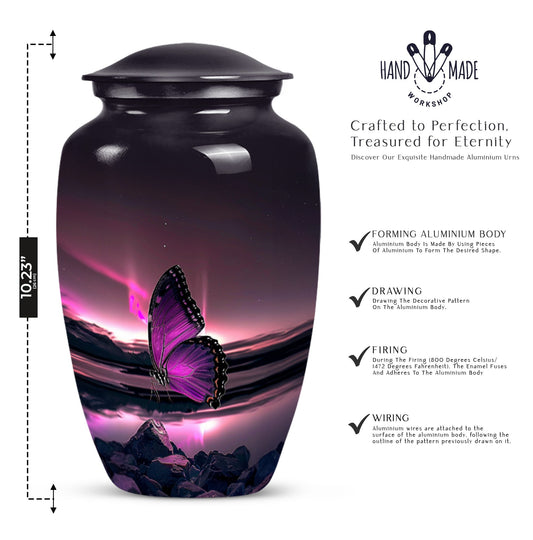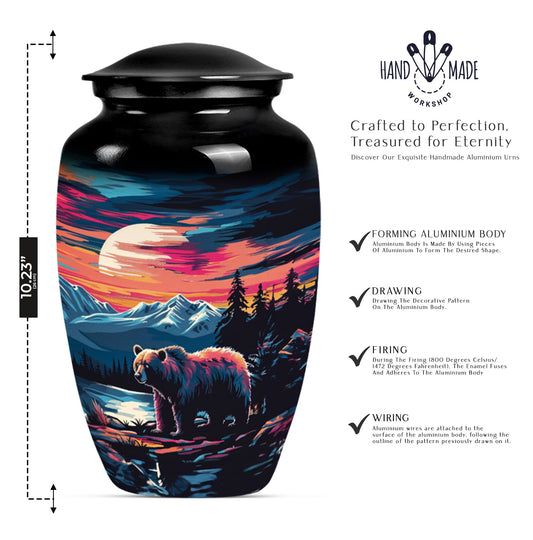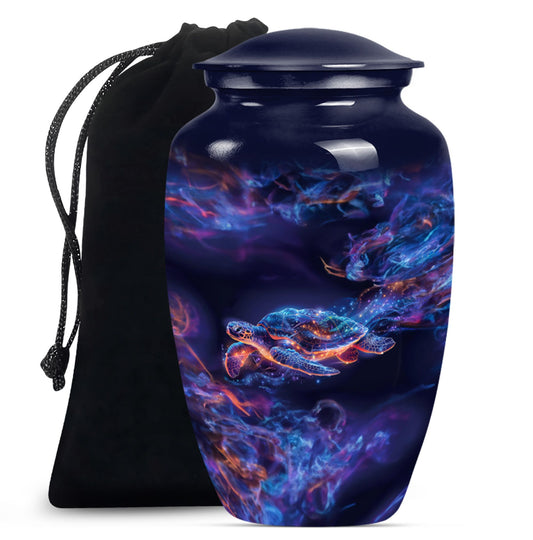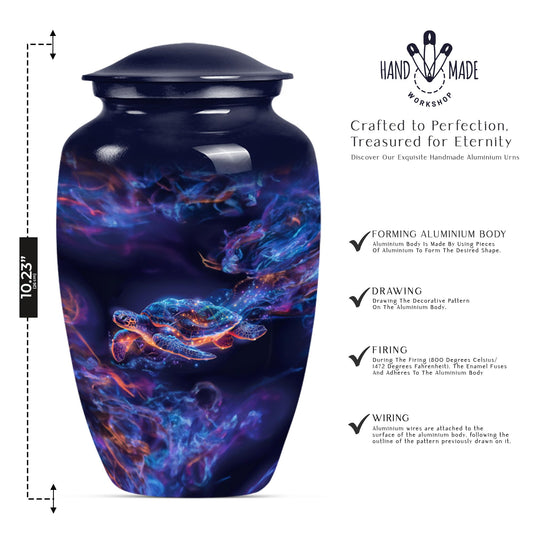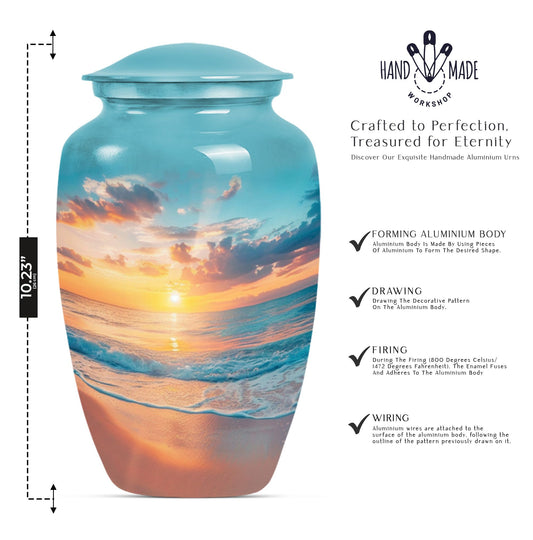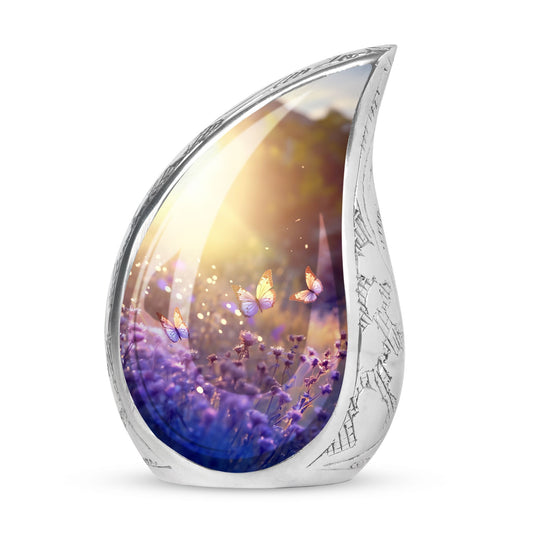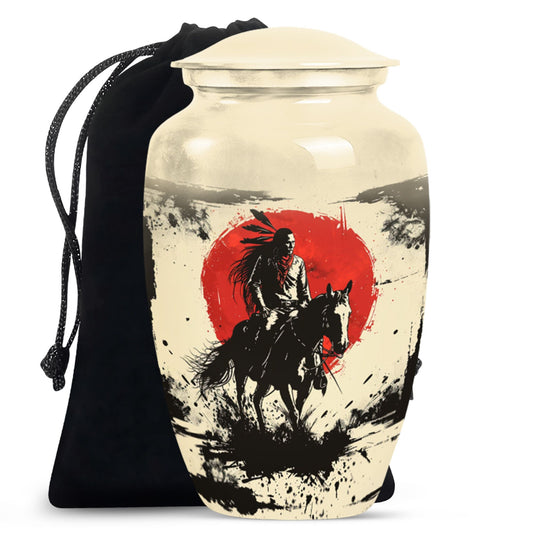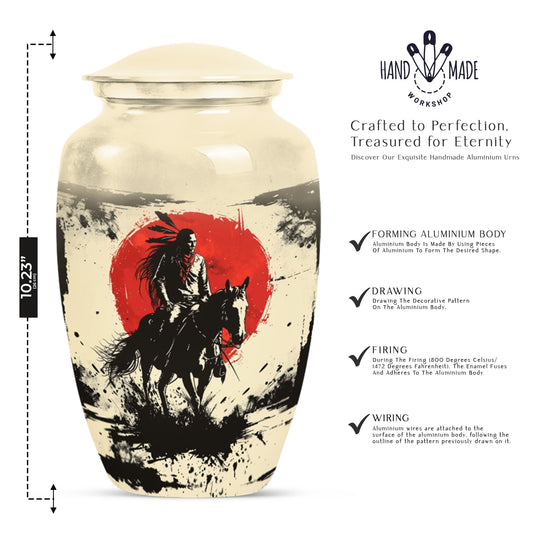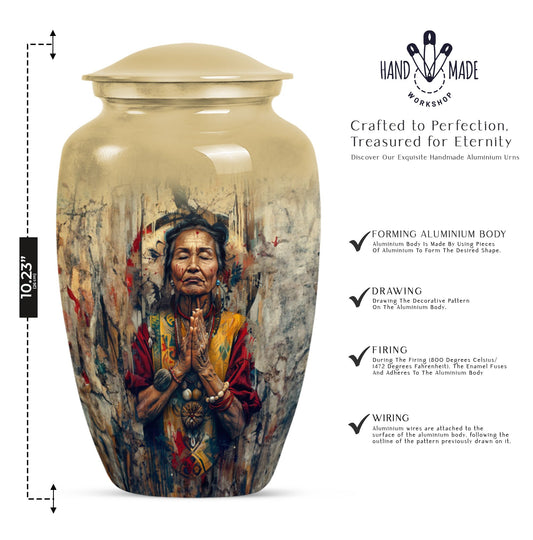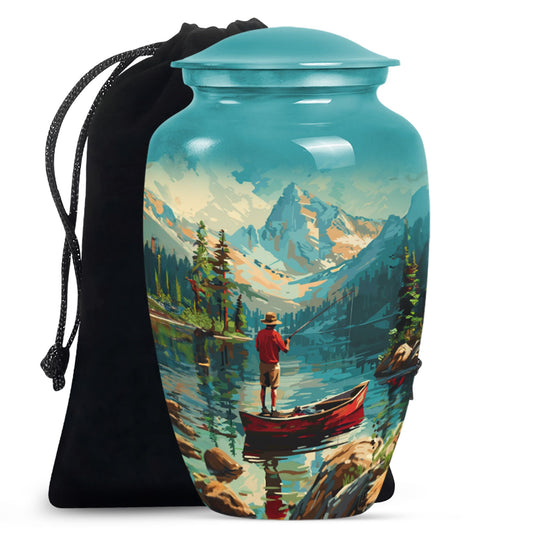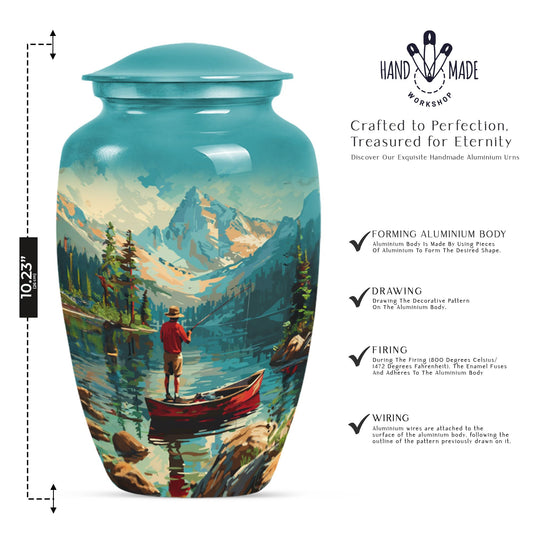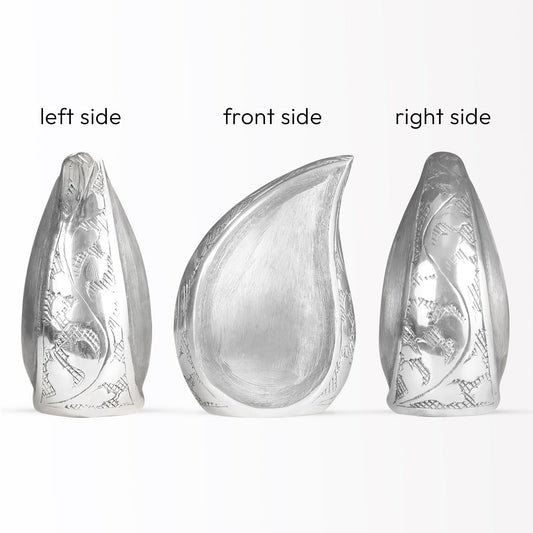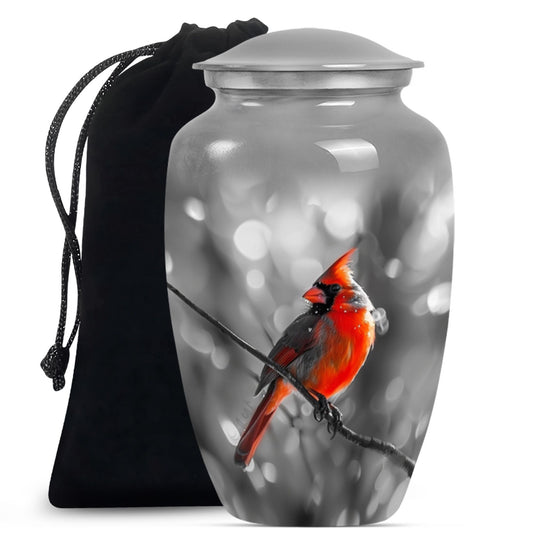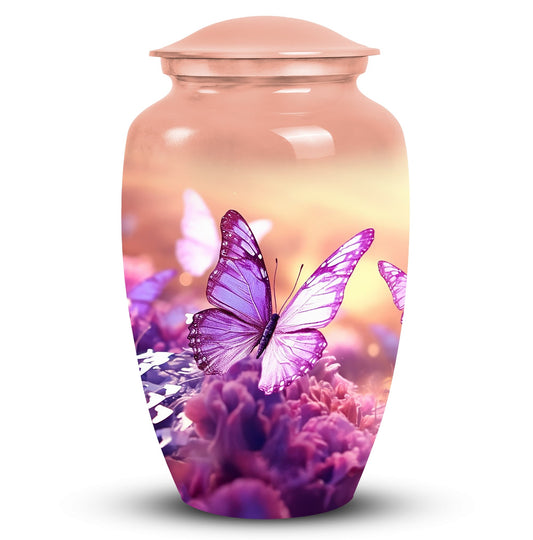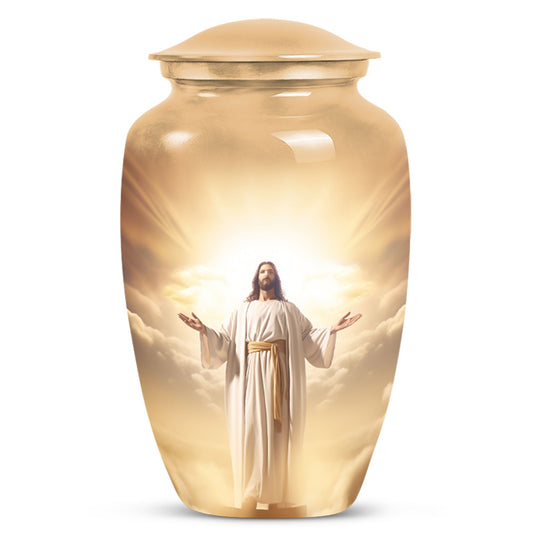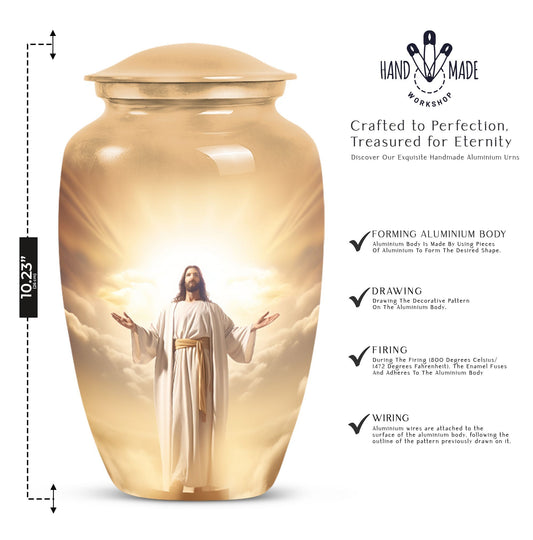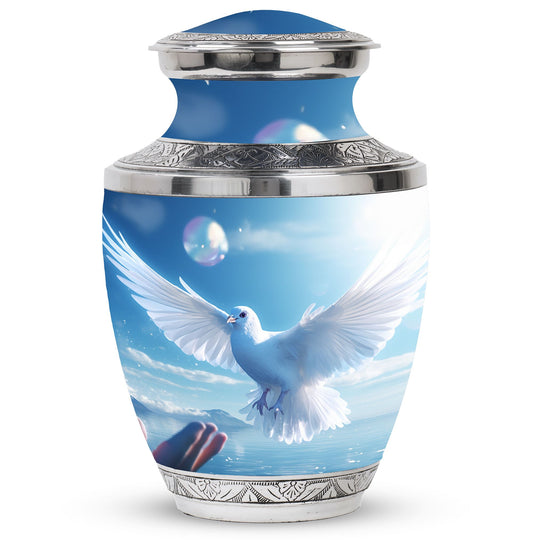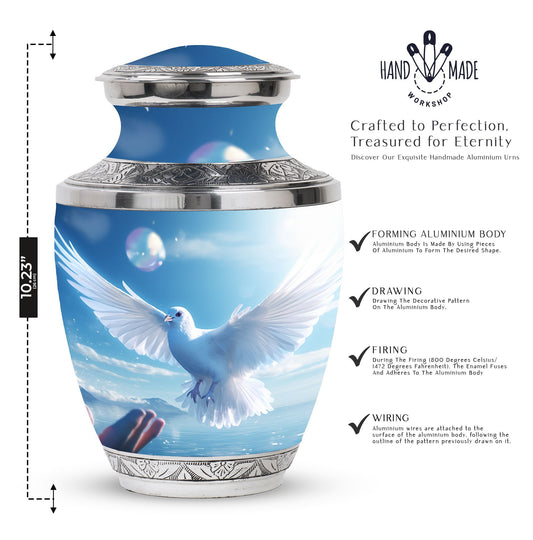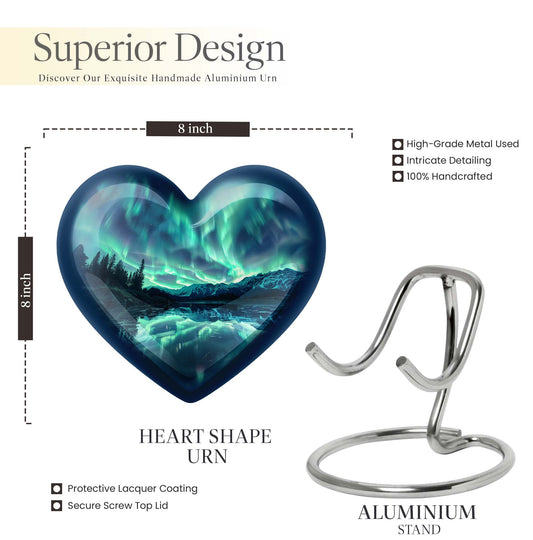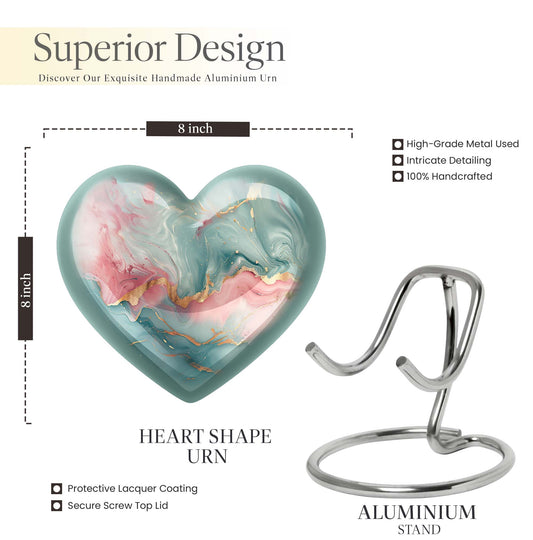Popular Urns
Traditional And Modern Urns
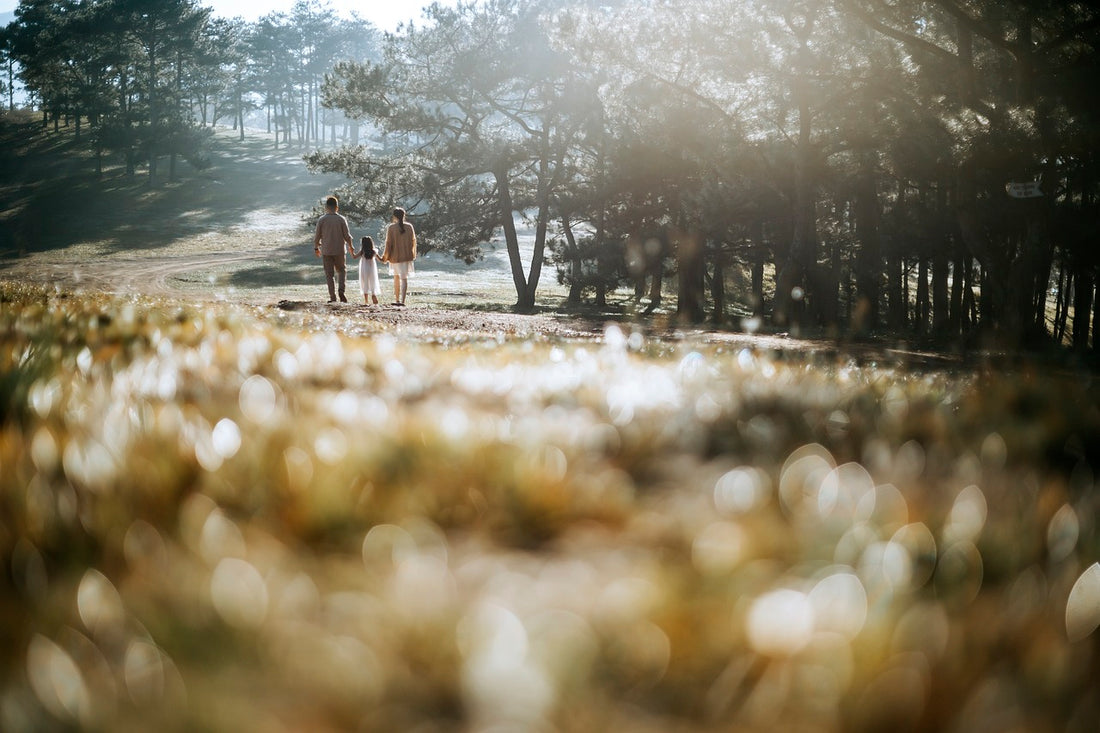
Urns have been around since ages as a receptacle for cremation ashes and become an important task in remembering someone whom one had loved. Traditional urns are born with cultural as well as historical backgrounds, while modern urns reflect the artistic and aesthetic values and visions of the contemporary world.
Understanding the types of urns that exist today will explain much of their appeal to human emotions and significance.
Traditional Urns:

Traditional urns are typically made from a material that, as an identifying mark for the people's lifestyle and aesthetic sense of form, symbolizes the culture. Examples include ceramic, wood, or metal.
In Asia, urns are symbolic with properties indicating aspects of peace and serenity as well as repetition in life. Themes may involve motifs of lotus flowers, dragons, or phoenixes. Such motifs are the most important components of the spiritualistic elements. Rich colors and craftsmanship details speak about dignity and respect, granting such an appreciation and physical connection to the dead heritage.
For example, in the West, some of the ancient urns may even be generic that contain brass and marble. Names can be engraved with dates on them and so can quotations hence enabling individuality. Their classic designs reverberate with permanence and continuity.
Emotional value- The existence of these traditional urns may reflect the personality of the deceased and provide comfort to those who remained on earth.
Modern Urns:
Modern urns have introduced innovation and personalization into culture. Designs are normally done with unconventional materials, made of biodegradable elements, glass, gemstones.

They have become fashionable to an increasing want to memorialize the dead. For instance, the biodegradable urn ensures that the family returns that last component to mother nature in which the body is placed for eternal repose within the earth. This natural decision appeals to the conscience of those individuals who place environmentalism at the top of their list; therefore, the act of remembrance becomes part of the organic circle.
Today, urns are centered on a theme of individualism with customizable shapes, colors, and materials that celebrate the interest or passion of the deceased.
Sports-themed urns and animal-shaped ones give glimpses into the creative designs to encapsulate a person's life. Here, the emotional value resides in the celebration of individuality: memorial experiences get closer to the human heart and make it more private and personal.
What Is The Emotional Significance of Urns:

It stands with deep emotional value; both traditional and modern urns. If they hold ashes, then these urns help draw attention to certain memories, reflections, and celebrations of life as people remember. The choosing of an urn can be a cathartic time for a family when they want to express their grief in response to paying tribute to their loved one who is no longer here.
Moreover, urns are not just for utility; they symbolize love, loss, and memory, giving a place to keep this relation and maintain it in their belongings. They could either be a part of the cultural past or part of the contemporary expressions; urns help in the healing process, so that the family remains connected to their loved ones through such tangible objects.
Conclusion
In short, urns, whether ancient and modern alike, bear much emotional value because each urn has a story. Changing society reform manners of people regarding death, and the diversity in designs says that it is one part of our specific stories and our common humanity, reminding all that loss is common but how we remember the loved ones can be pretty personal.


